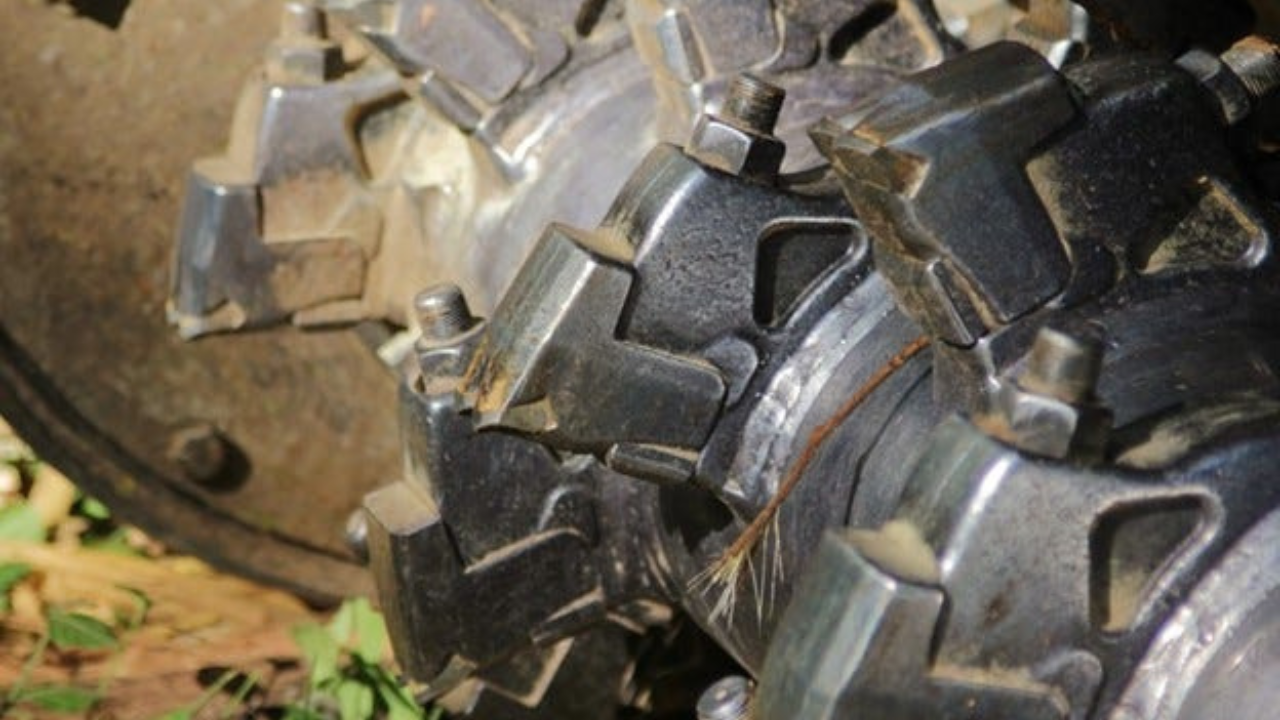Forestry mulchers serve multiple purposes in land-clearing operations, vegetation management, and forestry work. The efficiency of forestry mulchers depends heavily on the quality of their mulcher teeth. The fae teeth receive engineering attention for both durability and enhanced performance when operating in demanding environments. This article examines FAE mulcher teeth, which boost performance in challenging terrain conditions.
The Importance of High-Quality Mulcher Teeth
The performance of forestry mulchers depends heavily on the quality of their mulcher teeth. The performance of machines depends directly on the speed of cutting operational efficiency and machine speed. High-quality mulcher teeth create substantial improvements in productivity and operational costs when operating in tough conditions that include rocky terrain, dense vegetation, and extreme weather.
Essential Characteristics of FAE Mulcher Teeth
Extreme working environments demand mulcher teeth that FAE engineers develop through their advanced materials and technological advancements. The main characteristics of their products include:
- Tungsten Carbide tips combine outstanding duration and cutting capacity.
- 42CrMo alloy steel body will ensure high impact resistance and durability.
- The hard-faced coating will add an extra layer of protection against abrasion and wear.
- The special tooth formation improves penetration efficiency and reduces power requirements.
- These FAE mulcher components work with multiple models from FAE and different applications.
How FAE Mulcher Teeth Perform in Tough Conditions
The design of FAE mulcher teeth focuses on handling demanding environmental conditions. Here’s how they enhance performance:
Superior Cutting Efficiency
Each tungsten carbide tip maintains superior sharpness, which enables accurate cutting across thick plant matter, sturdy hardwood trees, and timber.
High Impact Resistance
The 42CrMo alloy steel body functions as a shock absorber, which protects the teeth from breaking when operating in rough and rocky conditions.
Reduced Wear and Tear
The protective hard-facing layer shields teeth from wear damage, which results in longer equipment life even when operating in harsh environments.
Lower Fuel Consumption
Newly designed mulcher teeth reduce the power required by the machine's engine, thus providing improved fuel economy and lower operating costs.
Adaptability to Different Conditions
FAE mulcher teeth effectively handle multiple operation requirements that span forestry management, agricultural land clearing, roadside maintenance, and wildfire prevention areas.
- Forestry management will be clearing thick underbrush and trees.
The process of clearing land for agricultural purposes serves as one of the main applications.
- Roadside maintenance for managing vegetation along highways.
- Wildfire prevention is used to reduce combustible material in fire-prone areas.
Maintenance Tips for FAE Mulcher Teeth
The lifespan and operational performance of FAE mulcher teeth depend on regular maintenance procedures. Follow these best practices:
- Routine inspections must include checks for cracks as well as dull edges and wear before and after each usage.
- The cleaning process requires users to eliminate all dirt along with debris and moisture to stop corrosion from occurring.
- The replacement of damaged teeth should happen on time to preserve the cutting efficiency at its peak.
Conclusion
The design of FAE mulcher teeth provides maximum durability and excellent cutting performance in addition to extended resistance against wear in challenging environments. These products represent the best option for demanding land-clearing operations because they feature advanced materials alongside optimized design features. Operators use high-quality FAE mulcher teeth to increase productivity while reducing operational expenses and extending equipment lifetime.


